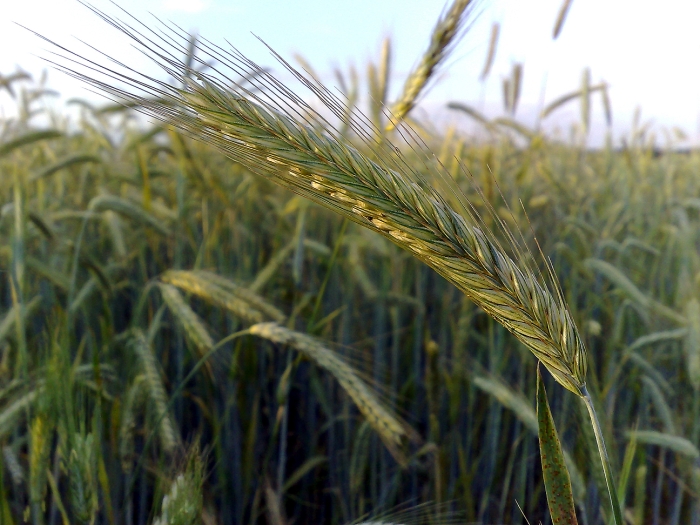Cereal Rye
(Secale cereale)
Cereal Rye (Secale cereale)
/
/

LSDSL
CC BY-SA 3.0

















































Estimated Native Range
Summary
Cereal Rye is prized for its adaptability to poor soil conditions, including heavy clay, light sandy, infertile, or drought-affected soils. It can tolerate a wide pH range but prefers soils with pH 5.0 to 7.0. Its ability to withstand cold temperatures and survive under snow cover makes it a valuable crop in colder regions. Rye is often used in crop rotation to enhance soil fertility and structure. In cultivation, it requires full sun and performs best with ample water and well-drained soils. While it is not typically grown for ornamental purposes, its quick growth and ability to suppress weeds make it a useful cover crop in agricultural settings. However, Secale cereale can be potentially invasive outside its native range, so caution is advised when planting it in areas like the United States where it may become a problem.CC BY-SA 4.0
Plant Description
- Plant Type: Grass
- Height: 3-6 feet
- Width: 0.15-0.3 feet
- Growth Rate: Rapid
- Flower Color: N/A
- Flowering Season: Spring
- Leaf Retention:
Growth Requirements
- Sun: Full Sun
- Water: Medium
- Drainage: Medium, Fast
Common Uses
Drought Tolerant, Edible*Disclaimer: Easyscape's listed plant edibility is for informational use. Always verify the safety and proper identification of any plant before consumption., Erosion Control, Low Maintenance
Natural Habitat
native to Turkey and the Caucasus, where it thrives in a variety of habitats including grasslands and cultivated fields
Other Names
Common Names: Common Rye, Cultivated Rye, Rye, Spring Rye, Winter Rye, Cereal Grass, Cultivated Annual Rye, Saat-Roggen, Seigle, Seigle Commun
Scientific Names: , Secale cereale, Secale compositum, Triticum secale, Secale cereale subsp. tetraploidum, Secale cereale var. ancestrale, Secale ancestrale, Secale cereale subsp. ancestrale, Secale cereale var. triflorum, Triticum cereale
GBIF Accepted Name: Secale cereale L.